But with their new, most ambitious smartphone yet — the Mate 10 — the Chinese company is finally ready to take on the competition from all sides.
China's top smartphone maker, Huawei, has recently overtaken Apple in global smartphone sales and it's second just behind Samsung.
The first thing that really strikes you about the Mate 10 and its more powerful variant, the Mate 10 Pro, is the snazzy, sleek, compact design, particularly compared with the past models.
Both the Mate 10 and Mate 10 Pro have an aluminium frame, glass back and front which is slightly bent around the edges and really slim bezels on top and bottom.
On the back, the Leica-branded vertical dual-camera module is encased in a horizontal strip that is in a lighter colour compared to the rest of the phone.
In the Pro version that strip, situated just above the fingerprint sensor and combined with the almost bezel-less screen, gives the phone a unique flavour, putting it on par with the new Note 8 or the LG V30.
Another important development on the Pro is the massive 6-inches, 18:9 display with 2160x1080 resolution and — finally — OLED technology. Until now, Huawei had obstinately refused to improve full HD, which is still the screen resolution of the Mate 10 version.
But with the OLED screen, the Mate Pro is telling the iPhone and others things are getting serious.
In September, after Apple launched its brand-new iPhone X with a much-talked about facial recognition feature, Huawei mocked the American tech giant with a Facebook video which branded their new device #TheRealAiPhone.
And certainly, in the pre-briefing attended by Mashable, the Mate 10's AI features took the biggest part of the Chinese company's PR effort. So what's all the fuzz about?
The Mate 10 Pro will have Huawei's new Kirin 970 chipset and according to Huawei it will be the "world's 1st smartphone with dedicated neural network processor unit".
The chipset has a dedicated AI chip, called NPU or Neural Processing Unit, which is able to simultaneously process complex computing while interacting with its surroundings. Huawei claims the NPU has 25% improvement on performance and 50% on efficiency compared to the normal CPU chip.
A chart produced by Huawei showed that in a minute the Mate Pro is able to recognise 2,005 photos, while the iPhone 7 Plus 487 and the Samsung S8 just 95.
Among other things, this means the AI engine is able to give you smart tips based on the hour of the day, prioritising apps you're more likely to use for example, or switching to low-light or eye-care mode.
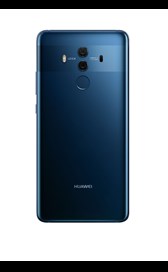
With Microsoft's translation app, pre-loaded in the phone, the NPU is able to give fast real-time translation replacing the original text in augmented reality mode while pointing at anything that needs translation. But it's with the camera — Huawei calls it "intelligent photography" — that the NPU has a vast area of applications.
The phone replicates the 12-megapixel colour/20-megapixel monochrome combination of the Mate 9, with Bokeh effect, digital zoom and optical image stabilization.
This time, though, those first-class Leica optics will have an impressive f/1.6 lens aperture, just like the LG V30, meaning that in low-light situations the camera will perform better than the f/1.8-equipped iPhone 7, allowing 25% more light.
Huawei prides itself of the AI-powered object-recognition function that lets the camera identify objects in real-time so that it can swiftly change its settings and adjusts its metrics accordingly.
At the moment, the categories are: snow, food, sunset, cat, dog, flower, plant and portrait, but Huawei claims the machine-learning system will add more categories as they become available.
It is not clear whether these functions will overall improve your pictures or they're just gimmicky.
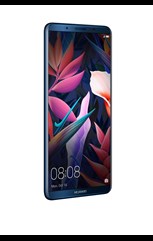
A professional photographer in the room explained how the camera's intelligent core can help you shoot more accurate pictures of a green field at sunset, for example, as the colour "green" notoriously messes with your camera settings. Only time and a more throughout review will tell the truth.
The Mate 10 will be available in four colours — Mocha Brown, Champagne Gold and Pink Gold — while the Mate 10 Pro is available in: Midnight Blue, Mocha Brown, Titanium Gray and Pink Gold.
The Pro will have 6GB RAM + 128GB of memory while the Mate 10 will have 4GB RAM and 64GB memory. Both will have a 4,000mAh battery.
There will also be an exclusive Porsche design variant in Diamond Black.
The Mate 10 costs 699 euros while the Pro will be at 799 euros. The Porsche design is at a staggering 1395 euros.
Source: Mashable


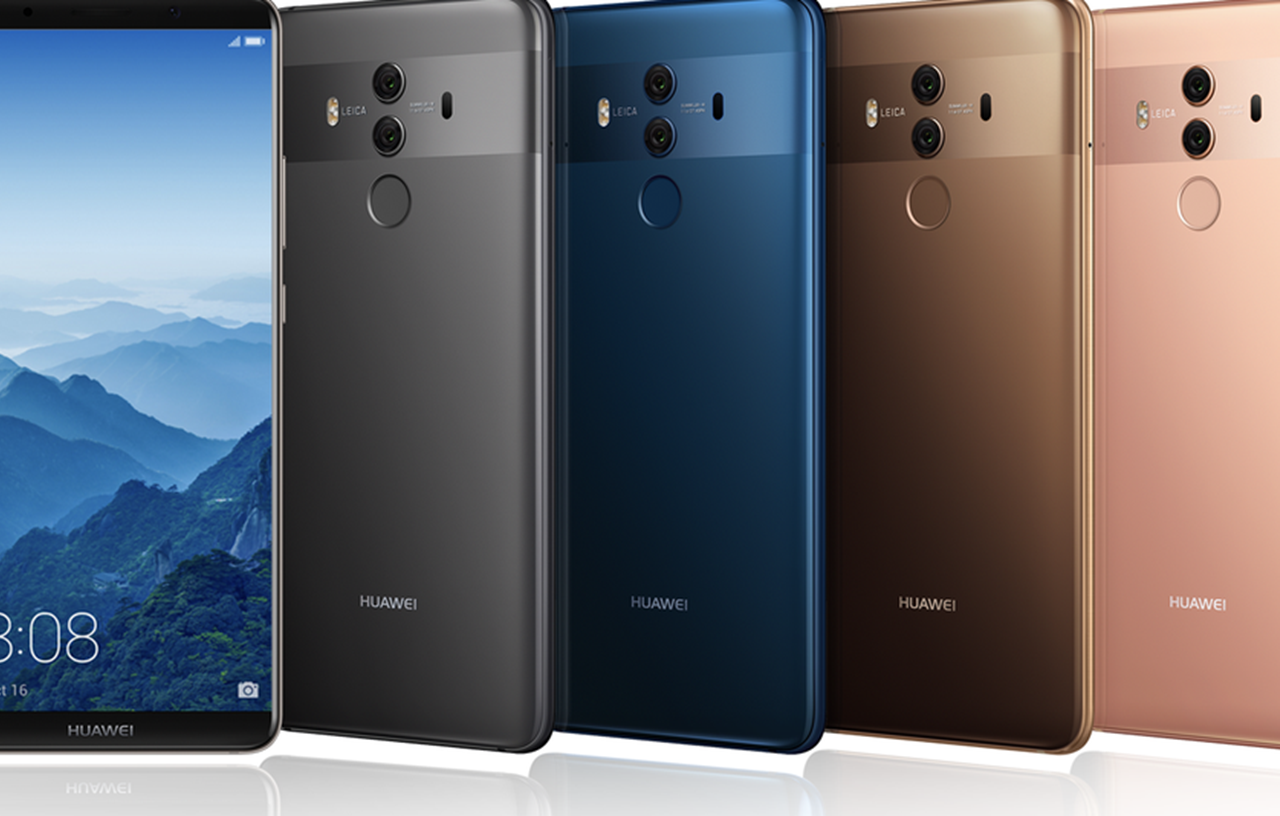

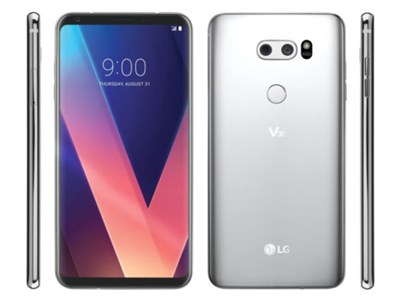



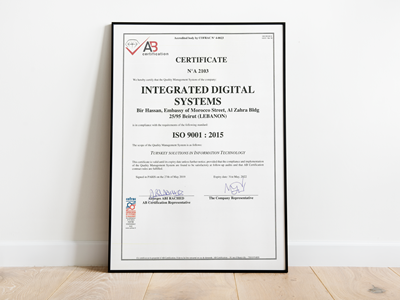

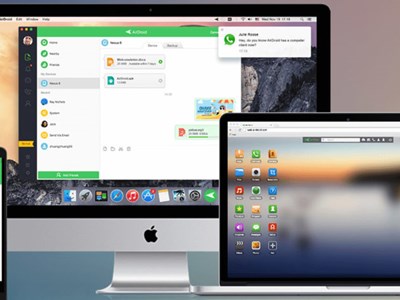
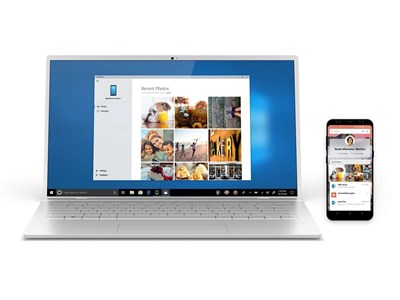

Comments